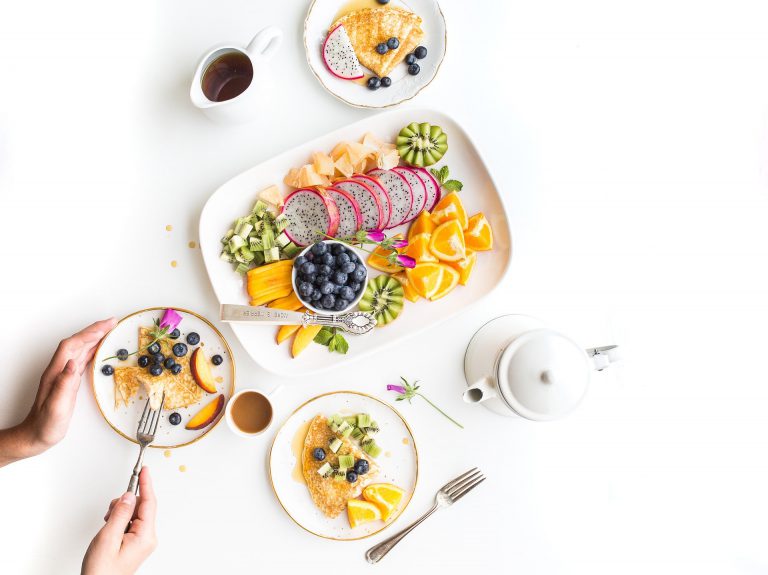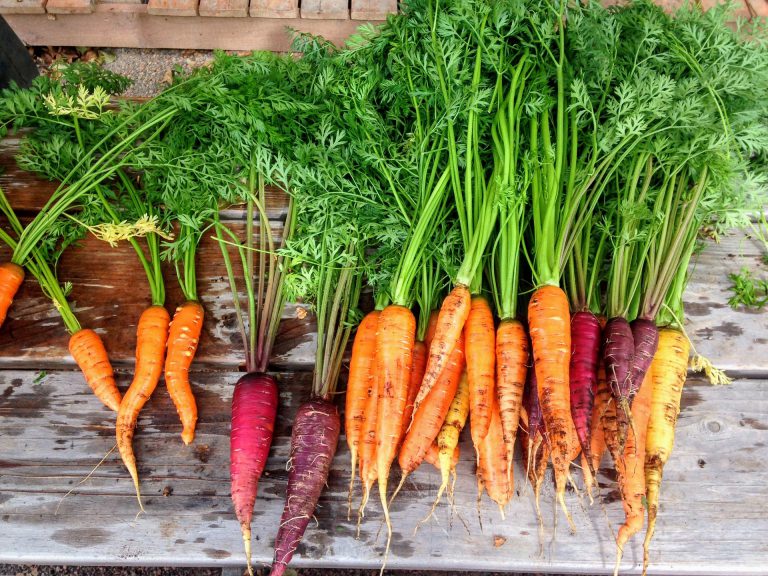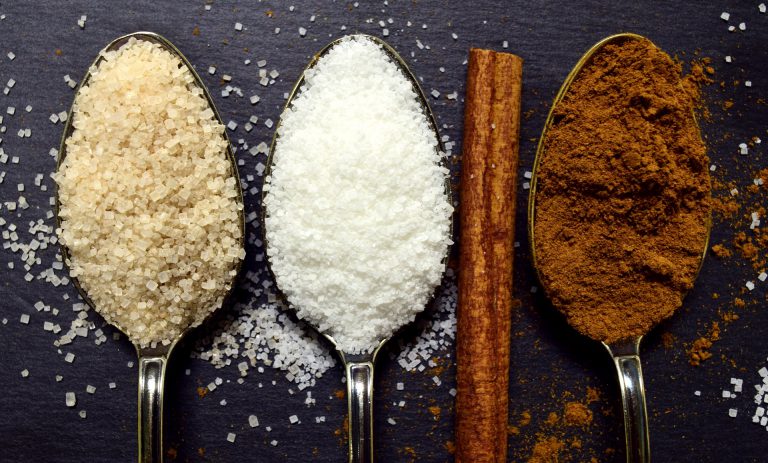The Complete Portion Size Guide For Diabetics
In some earlier blogs, we´ve explored a buffet of issues regarding diabetes and nutrition. We´ve focused on the different types of sugar and how carrots (although not able to give you incredible night vision!) play an important role in eye health. We explored how fiber is essential to our gut health and even looked into food labelling and the importance of carb counting.
When you have diabetes, planning your meal is vital to guide you through when, what and how much to eat to get the nutrition you need while keeping your blood sugar levels in your target range. Having a good meal plan that packages your food tastes, goals, lifestyle and medication can be critical to avoid high or low blood sugar levels.
Most of us know that it’s easy to eat more food than you need, often without realizing it. The Diabetes Plate Method is a simple and visually-appealing way to make sure that you get enough non-starchy vegetables and lean protein into your system, while limiting the amount of higher-carb food that is more likely to spike your blood sugar.
Carbs, protein, fat, and fiber in food all affect your blood sugar in different ways. Carbs can raise the blood sugar faster and higher than protein or fat. Fiber can help to manage blood sugar, so carbs that have fiber in them, like sweet potatoes, won’t raise blood sugar as fast as carbs with little or no fiber, such as soda.
The Diabetes Plate Method helps people with diabetes to control portion sizes of starchy, carbohydrate-containing foods that have the most impact on blood glucose levels. The focus is on eating more non-starchy vegetables, which are low in carbohydrates and calories and high in vitamins, minerals, and fiber.
So how does it work? To start, you need a plate that´s not too big. It is recommended to use a dinner plate that´s about 9 inches or 23 centimeters across. Then fill half of the plate with non-starchy vegetables, such as salad, green beans, broccoli, cauliflower, cabbage, and carrots. Non-starchy vegetables are lower in carbohydrates, so they don´t raise blood sugar very much and are also high in vitamins, minerals, and fiber.
Next, you fill one quarter with a lean protein, such as chicken, turkey, beans, tofu, or eggs. Last, you fill the rest of the plate with a grain or starchy food, such as potatoes, rice, or pasta (or skip the starch altogether and double up on non-starchy veggies). Limiting your portion of carbohydrate foods to one-quarter of your plate can help keep blood sugars from rising too high after meals.
By using this method, people living with diabetes can create well-portioned and appealing meals with a healthy balance of vegetables, protein, and carbohydrates – without any fastidious counting, calculating, weighing, or measuring. All that´s really needed is a right-sized plate!









